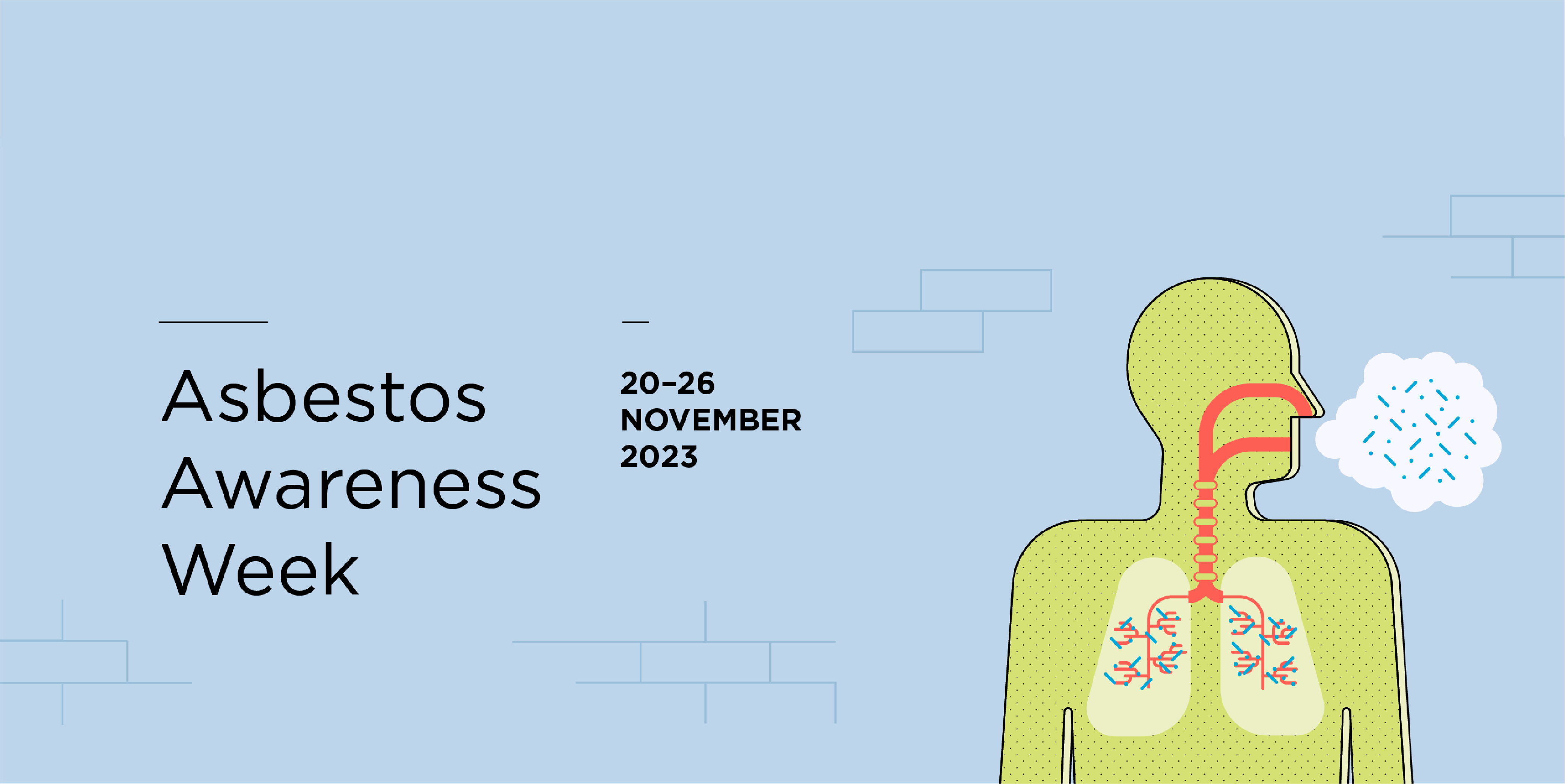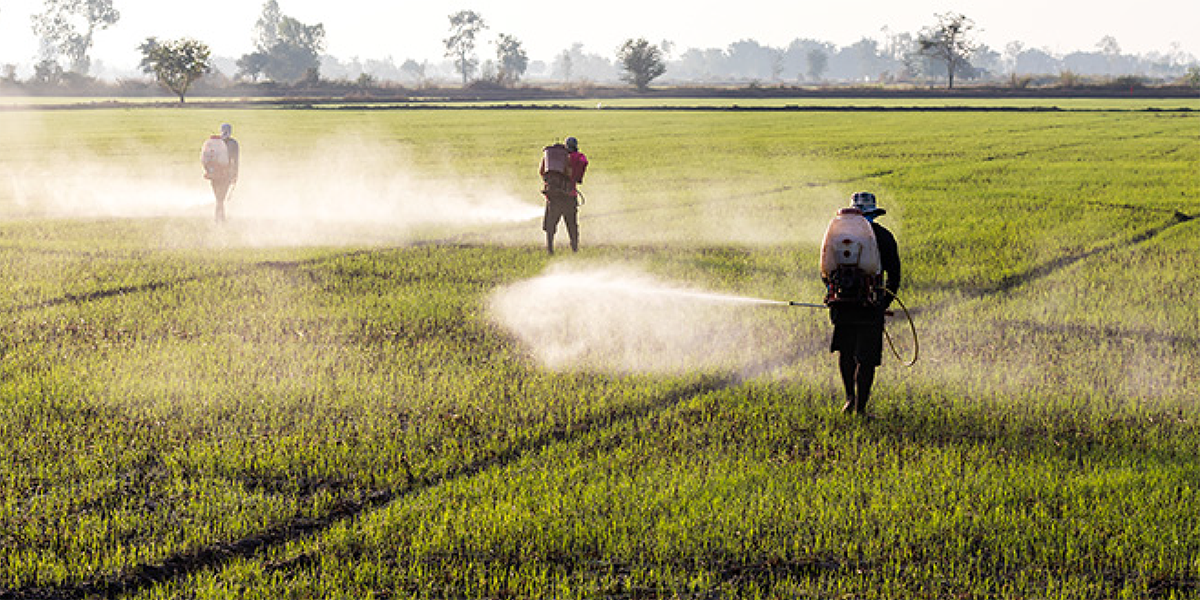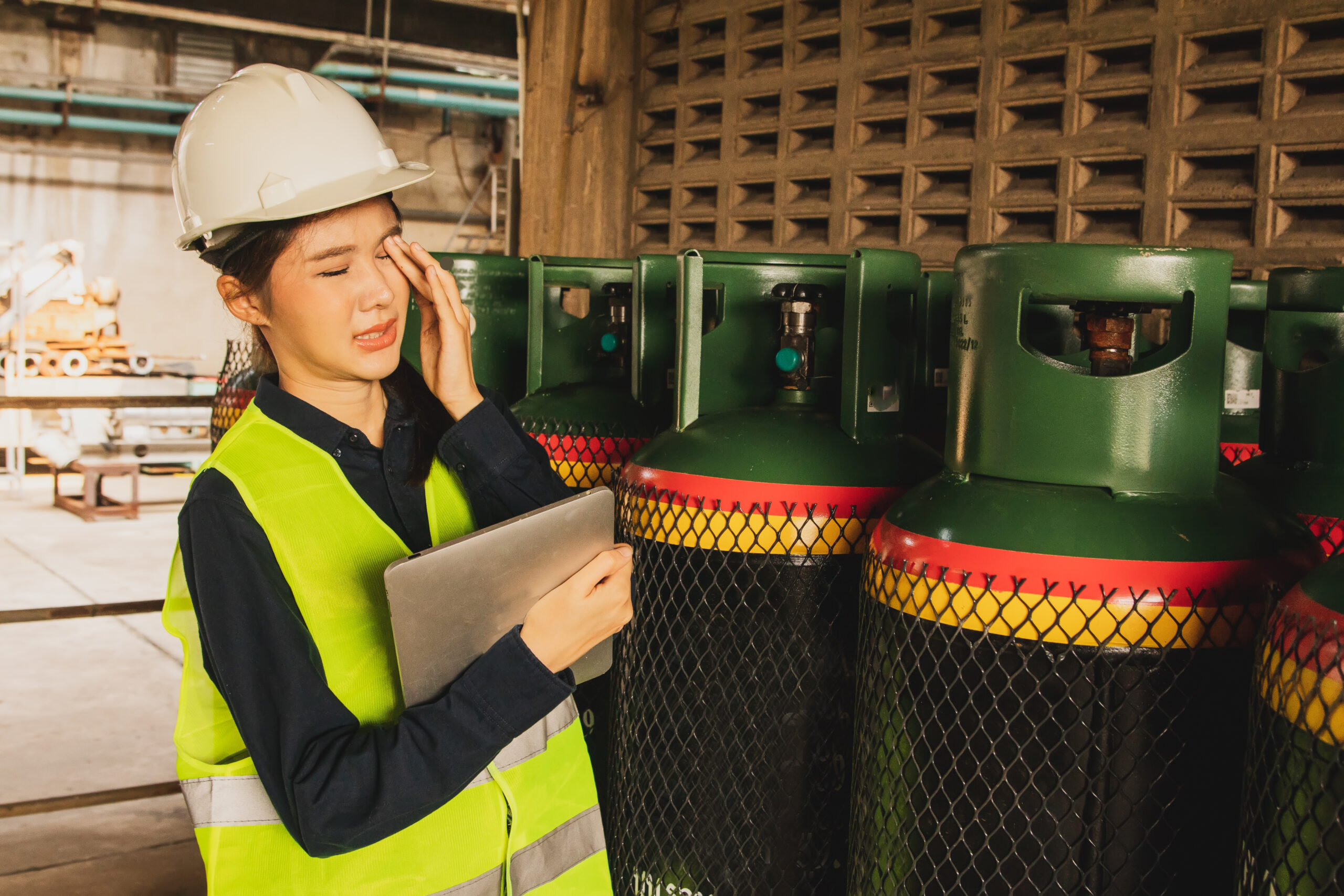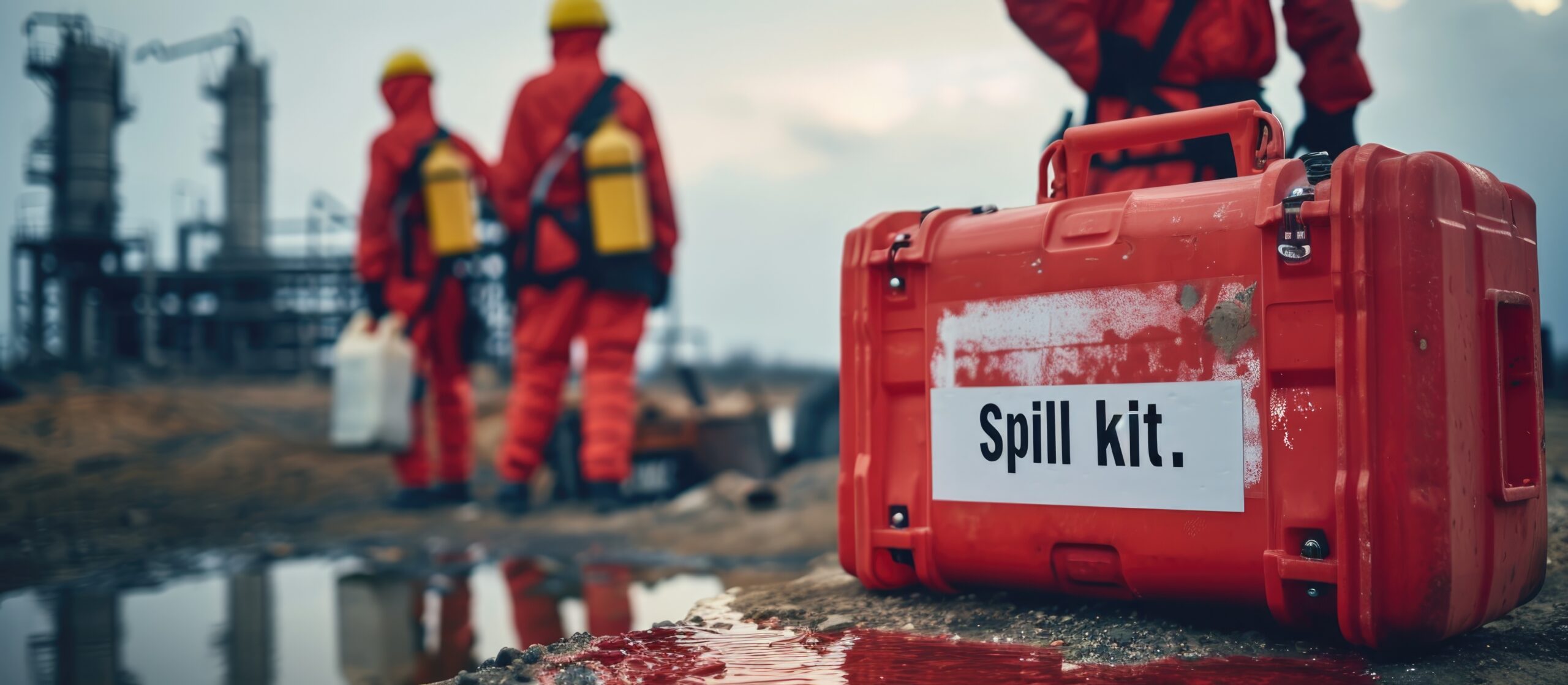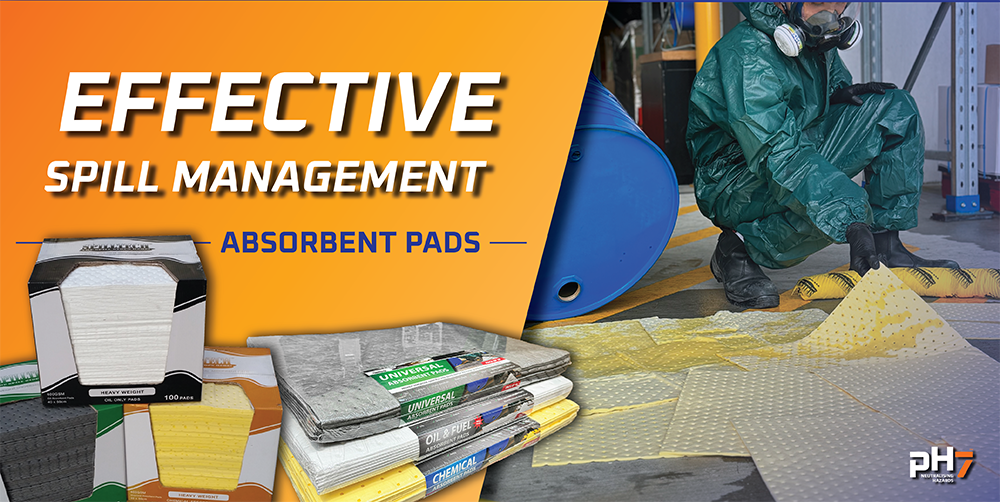Asbestos is still killing up to 220 New Zealanders a year, despite the serious health risks of asbestos exposure being known across the world for the past 80+ years. Being aware and prepared to address exposure to asbestos can prevent you, your workers, and others from being harmed by asbestos related diseases in the future.
What is asbestos?
Asbestos is a group of natural minerals made up of many small fibers, which are very strong and also highly resistant to fire, heat, chemicals, and wear from friction.
Why is asbestos dangerous?
Airborne asbestos fibers are so small that they are practically invisible to the naked eye. When breathing it in, the asbestos fibers can become embedded in the lungs and can cause a number of diseases like asbestosis, lung cancer, and mesothelioma, which is a form of cancer that is fatal).
When it comes to asbestos fibers, there is no safe level of exposure to the carcinogen, but the risk to ones health are increased when more fibers and inhaled, exposure occurs more frequently, and exposure occurs over a long period of time.
It can take over 20 years before the symptoms of asbestos-related diseases appear, and by this time it’s too late to prevent the disease from occurring.
Where is asbestos found?
Since asbestos was commonly used between the 1940s and 1980s, it’s highly likely that asbestos-containing materials are present somewhere in a building in this day and age.
Any structures and buildings built before 2000 may have asbestos in them as asbestos has been used in a wide range of building materials like roofing, flooring, cladding, insulation material, and electrical components.
Unfortunately, asbestos products aren’t very obvious to identify and are often hidden within the building structure.
Who does asbestos bring risk to?
Any and all workers conducting work on buildings and structures that may have asbestos-containing material, including tradespeople, and service and maintenance workers such as builders, electricians, plumbers, painters, and drainlayers.
However, it’s not just at the workplace that asbestos exposure is possible. Home DIYers, residents, and anyone using the building in general are also at risk, especially if the work on asbestos is not safely managed.
What do you do when it comes to asbestos?
The workplace Person Conducting a Business or Undertaking (PCBU) must ensure that exposure to airborne asbestos is eliminated completely as much as it is reasonably practicable. If it’s not reasonably practicable to do so, then the PCBU must at least minimize the exposure.
Building renovation and demolition can disturb asbestos-containing materials and result in airborne asbestos fibers to be created and released into the air. Asbestos needs to be identified and removed from the premises or building before any renovation or demolition activities can begin. Never start any work until the asbestos has been identified and a plan has been put in place to handle potential exposure.
Whether you’re in control of a workplace or structure, or you’re about to start working on a building with asbestos-containing materials, there must be an asbestos management plan available and ready to be put in action.
What PPE do you need when handling asbestos?
Handling asbestos requires specific personal protective equipment (PPE) to minimize the risk of exposure to asbestos fibers. The exact PPE requirements may vary depending on the nature of the work and the level of potential exposure. However, some common PPE items for handling asbestos are:
Respiratory Protection (Disposable and re-useable):
Disposable respirators like the FFP2 are designed to filter out airborne particles, including asbestos fibers. The choice of respirator depends on the concentration of asbestos and the specific work activities.
In some cases, a half-face or full-face respirator or powered respirator paired with high-efficiency particulate air (HEPA) filters like P3 filters may be required. Some examples of suitable respirators include the RS01 and TS01 for half masks, and the FS01 and CF01 for full-face masks. For powered respirators, the Sync01, Sync09 and Sync11 are some suitable examples.
For individuals required to wear a tight-fitting respirator, fit testing equipment is necessary to ensure that the respirator forms a proper seal on the face.
Protective Clothing:
Full-body coveralls or suits made of impermeable material help prevent asbestos fibers from coming into contact with the skin. They should be worn over regular clothing. Coveralls can come in the form of disposable suits like the SureShield Type 5/6 Coveralls and the SureShield SMS Coveralls, or reusable suits like the AlphaTec 1500 Coveralls.
Disposable Gloves and Footwear:
Use gloves made of a material that provides adequate protection and can be disposed of after use. Nitrile or latex gloves are commonly used.
Boot covers or shoe covers help prevent the tracking of asbestos fibers outside the work area. They should be worn over regular work boots.
Individuals handling asbestos should be aware of the proper procedures for donning and doffing PPE, as well as safe work practices to minimize the risk of exposure. Additionally, local regulations and guidelines should be followed to ensure compliance with asbestos handling and abatement standards. Always consult with a qualified asbestos professional or occupational health and safety expert for guidance specific to your situation.
If you have further questions or need any assistance or advice, please contact us on 0800 323 223 or email us at enquiries@ph7.co.nz.

